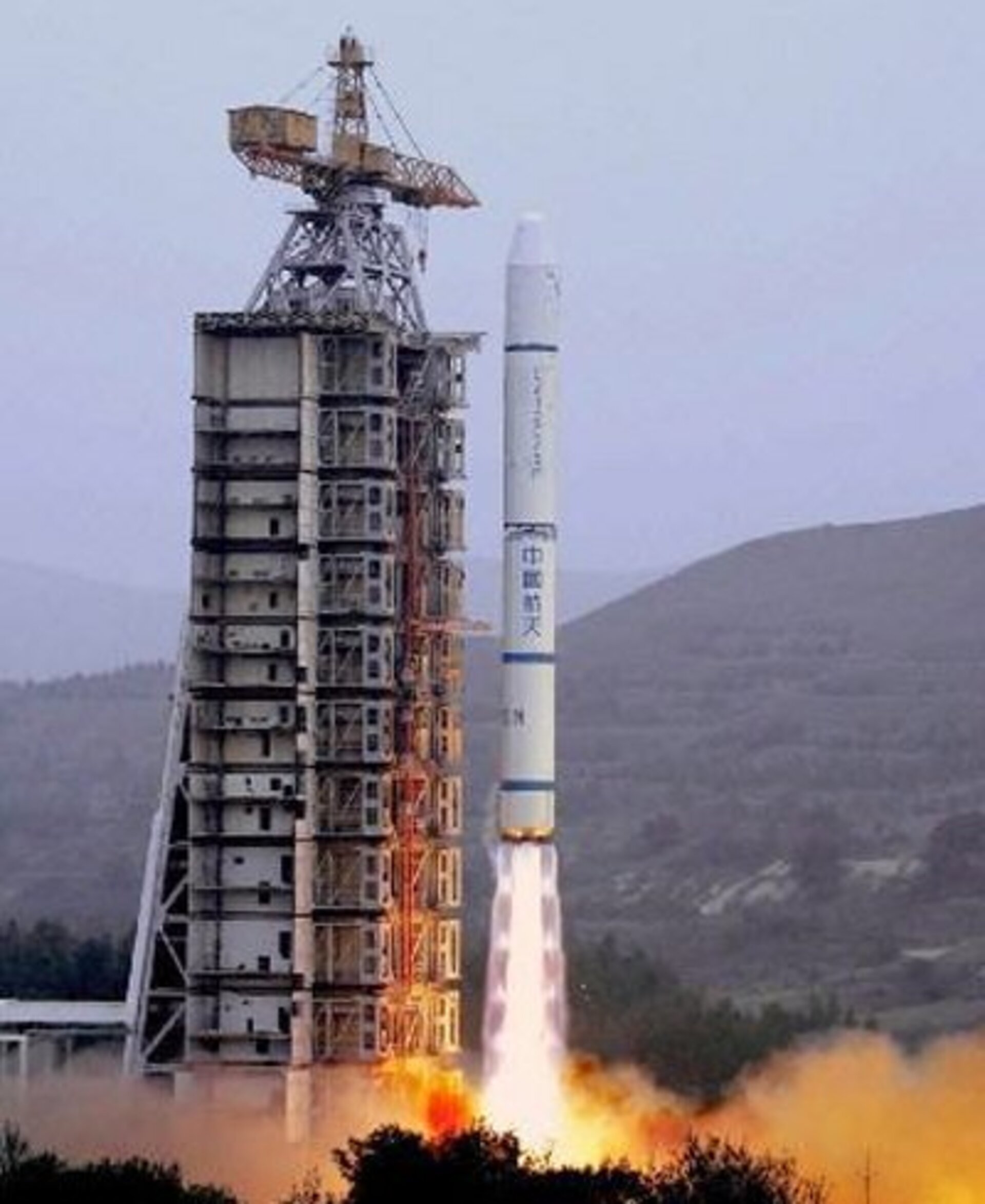
Long March 2C/SM
In-activeChina Aerospace Science and Technology Corporation (CASC)
Dec. 29, 2003
Description
The Long March 2C is a family of expendable launch vehicles made and operated by China. It is a two stage launch vehicle with storable propellants, consisting of Nitrogen Tetroxide and Unsymmetrical Dimethylhydrazine.
Specifications
-
Stages
3 -
Length
42.0 m -
Diameter
3.35 m -
Fairing Diameter
3.35 m -
Launch Mass
233.0 T -
Thrust
2962.0 kN
Family
-
Name
Long March 2C/SM -
Family
― -
Variant
C/SM -
Alias
― -
Full Name
Long March 2C/SM
Payload Capacity
-
Launch Cost
― -
Low Earth Orbit
3850.0 kg -
Geostationary Transfer
Orbit
1440.0 kg -
Direct Geostationary
― -
Sun-Synchronous Capacity
―
China Aerospace Science and Technology Corporation
Government
Chairman & President: Lei Fanpei
CASC 1999The China Aerospace Science and Technology Corporation (CASC) is the main contractor for the Chinese space program. It is state-owned and has a number of subordinate entities which design, develop and manufacture a range of spacecraft, launch vehicles, strategic and tactical missile systems, and ground equipment. It was officially established in July 1999 as part of a Chinese government reform drive, having previously been one part of the former China Aerospace Corporation. Various incarnations of the program date back to 1956.
Long March 2C/SM | Tan Ce 2
China Aerospace Science and Technology Corporation | ChinaTaiyuan Satellite Launch Center, People's Republic of China
July 25, 2004, 7:05 a.m.
Long March 2C/SM | Tan Ce 1
China Aerospace Science and Technology Corporation | ChinaXichang Satellite Launch Center, People's Republic of China
Dec. 29, 2003, 7:06 p.m.
Status: Launch Successful
Mission:
The Double Star spacecraft, called also Tan Ce (TC) which in Chinese means ‘Probe‘, is a joint Chinese and ESA mission to study the effect of the Sun on the Earth's environment. The polar spacecraft (TC-2) will monitor the energy input from the solar wind into the polar ionosphere. The equatorial spacecraft (TC-1) will investigate the so-called substorm process, when it is in the Earth's magnetotail, and the entry of solar particle on the front side of the magnetosphere.
Elliptical OrbitLong March 12
SatNet LEO Group 19
Commercial LC-2 - Wenchang Space Launch Site, People's Republic of ChinaA batch of 9 Low Earth Orbit communication satellites for the Chinese state owned SatNet constellation operated by the China Satellite Network Group.…
Falcon 9
Starlink Group 6-100
Space Launch Complex 40 - Cape Canaveral SFS, FL, USAA batch of 29 satellites for the Starlink mega-constellation - SpaceX's project for space-based Internet communication system.
Falcon 9
NROL-105
Space Launch Complex 4E - Vandenberg SFB, CA, USATwelfth batch of satellites for a reconnaissance satellite constellation built by SpaceX and Northrop Grumman for the National Reconnaissance Office …
Ceres-2
Demo Flight
Launch Area 95A - Jiuquan Satellite Launch Center, People's Republic of ChinaFirst test launch of Galactic Energy’s Ceres-2 rocket.
Long March 3B/E
Shijian 32
Launch Complex 2 (LC-2) - Xichang Satellite Launch Center, People's Republic of ChinaChinese experimental spacecraft of unknown purposes.

